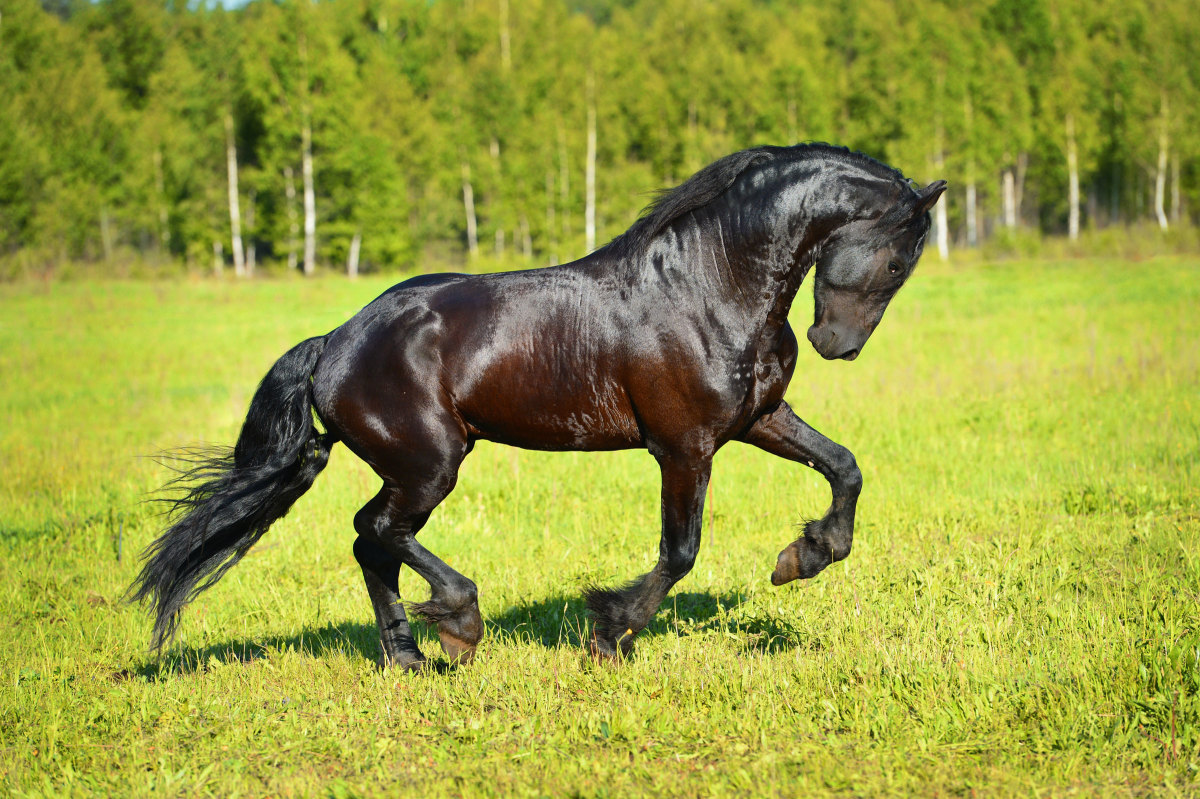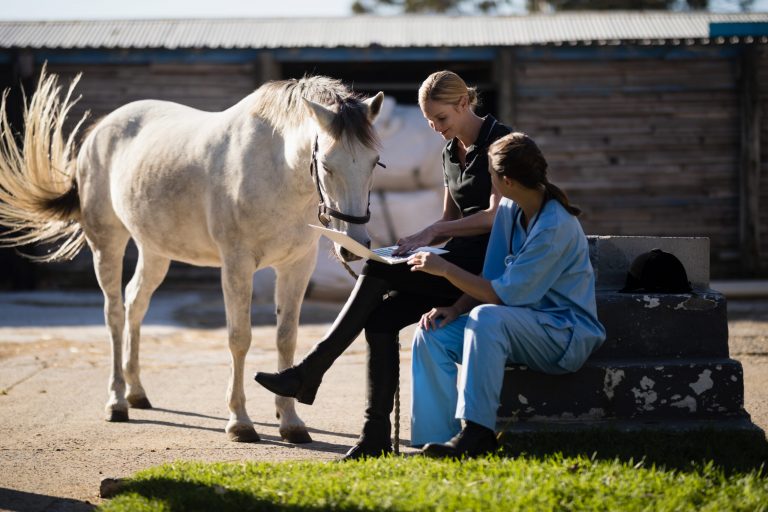
This case-control study from Utrecht University investigated the clinical relevance of radiographically visible morphologic variations in the caudal cervical vertebrae of Warmblood horses. It was authored by Veraa, S.; de Graaf, K.; Wijnberg, I.D.; Back, W.; Vernooij, H.; Nielen, M.; Belt, A.J.M.
Cervical radiographic examinations of all Warmblood horses (with and without clinical signs) performed between January 2011 and December 2013 at the university were reviewed by a board certified radiologist. Morphologic variations that were recorded included the absence of a ventral laminar part of the transverse process in combination with a ventral protuberance at another transverse process and the presence or absence of degenerative joint disease of the articular facet joint of C6 and C7.
Clinical signs considered relevant included spinal ataxia, restricted flexion of the neck, cervical pain on palpation, abnormal behavior (e.g. head shaking, bolting), cervical muscle atrophy, presumed thoracic neurological lameness and hypermetric gait. Univariable Pearson’s Chi‐square and multivariable logistic regression was used to compare the cases (horses with clinical signs) and controls (horses with no clinical signs).
In total, 245 cases and 132 controls were included in the study. Morphologic variation at C6 and C7 was significantly less frequent in horses with clinical signs (23.7%) compared to the control group (38%). Age, sex, breed and degenerative joint disease were not associated with the presence of clinical signs.
Bottom line: Radiographic morphologic variations in the caudal cervical spine are more common in horses without relevant clinical signs and so should be interpreted with care.
This open access article can be found at Wiley online library.








